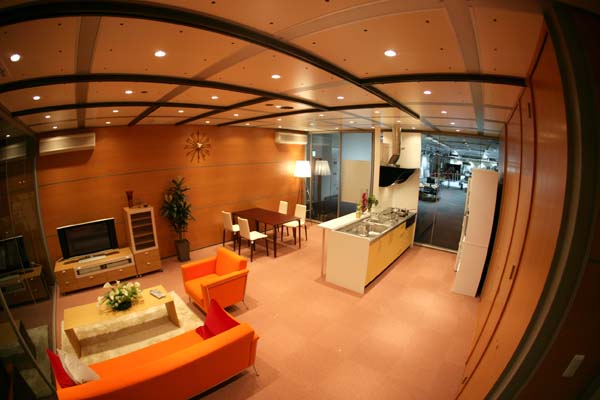
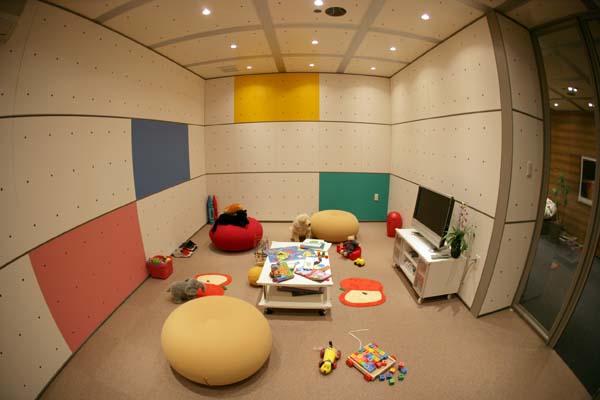


Last update:2006.3.10
Introduction
Although scientists have worked on sophisticated models of quantum mechanics and cosmology, there is little understanding of the properties and dynamics of everyday life, let alone its standard model. Modeling everyday life requires quantitatively observing it and finding structures in a large amount of observed data. The recent development of ubiquitous sensing technology enables the in-vivo observation of a total living space, and statistical modeling technology enables the construction of a model from the observed data. By using these technologies we can open the field of science of everyday life.
Sensing Technology
Research scientists at the Digital Human Research Center (DHRC) have developed
and commercialized ubiquitous sensors that are usable in an everyday life space,
including acoustic sensors that can collect spatio-temporal data of behavior
at the precision of sub-mm to cm and wearable sensors for electromyography and
acceleration data.
A sensor home has been built that consists of a bedroom, a living room, and
a kitchen, saturated with these sensors. The home has collected over 100-hours
of behavioral data of children who play and interact with their parent in it.
These observations of human behavior in the sensor home provide data of everyday
life from the microscopic perspective.
The Internet works as a sensor, providing data from the macroscopic perspective.
An example of such Internet sensing is an injury surveillance system that the
DHRC installed at the two childrenfs hospitals in Japan. Since 2005, the system
has collected data of over 7,000 children injuries at home ? their kind, cause,
and cost of treatment.
Modeling Technology
A model of human everyday life must be reusable; it not only represents the
statistical characteristics of humanfs behaviors, but also can predict behaviors
given the environment, situations, and conditions. For that purpose, the underlying
semantic causality among them must be adequately modeled.
An everyday-life model of children was developed from the data collected in
the sensor home by using BAYONET, a Bayesian-network software tool to support
probabilistic modeling in order to express the causal networks of multiple and
indeterminate factors. A simulator of childrenfs behavior with graphics display
was also developed.
Integration with Service
Integrating sensing and modeling with service allows for sustainable development
of the science of everyday life. While providing service we can collect an even
larger amount of everyday life data and refine the model, which in turn improves
service.
This service integration methodology was applied to many practical information
service systems, including personal mobile phones, car-navigation systems, and
e-commerce. Its impact is significant. A Web service for supporting precognition
of childrenfs home injury that we started in December, 2005, already distributed
44,091 injury animations and collected 14,944 scientifically significant data
from 6,052 parents.
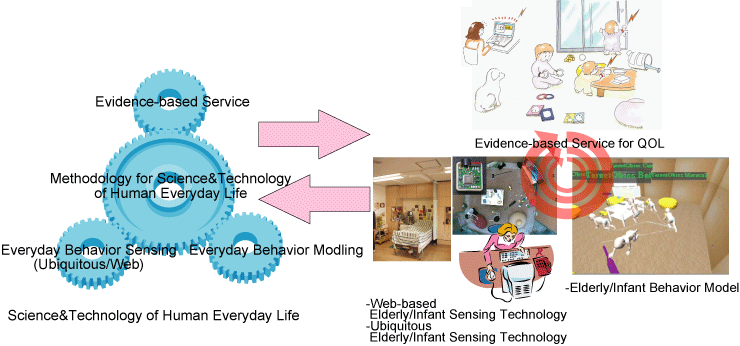
Research
| Everyday Behavior Sensing Technology |
||
|---|---|---|
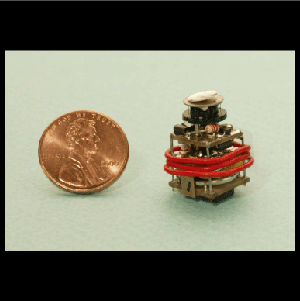
Ultrasonic 3D Tagging System: |
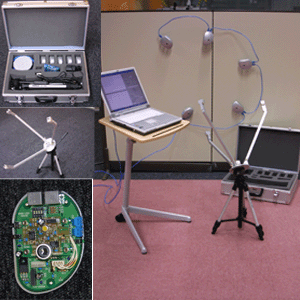
|
|
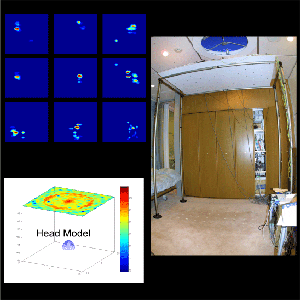
|
Quickly Modeling Living Environment Based on Virtual Sensorization |
|
Wearable Sensor for Everyday Behavior/Cognition |
Web-based Sensor for Everyday Behavior |
|
| Everyday Behavior Modeling Technology |
||
|---|---|---|
| |
|
|
| Evidence-based Service Technology |
||
|---|---|---|
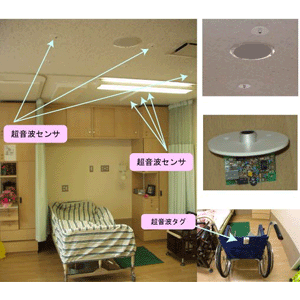
|
Evidence-Based Nursing with a Minimally Privacy-Violative Observation System for the Aged |
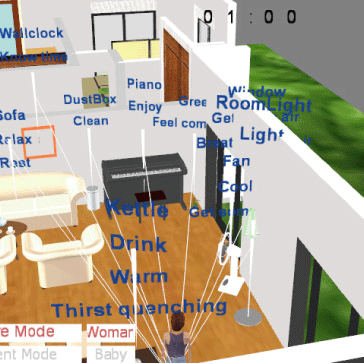
|

Non-invasive and Unrestrained Monitoring of Human Respiratory System |
||